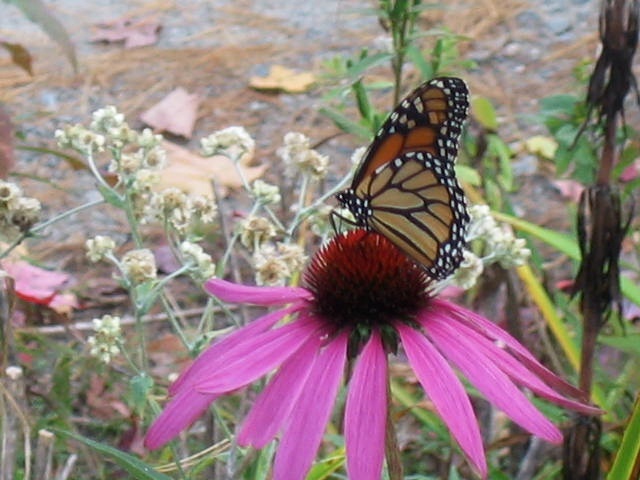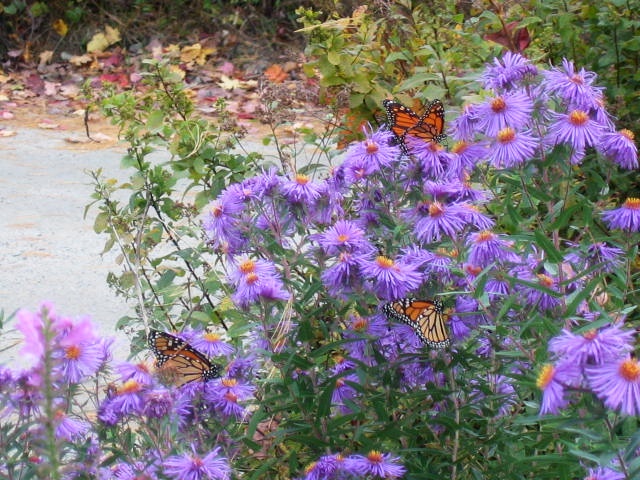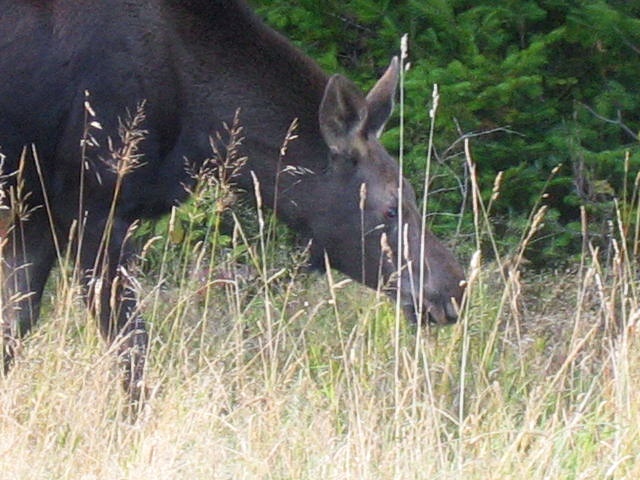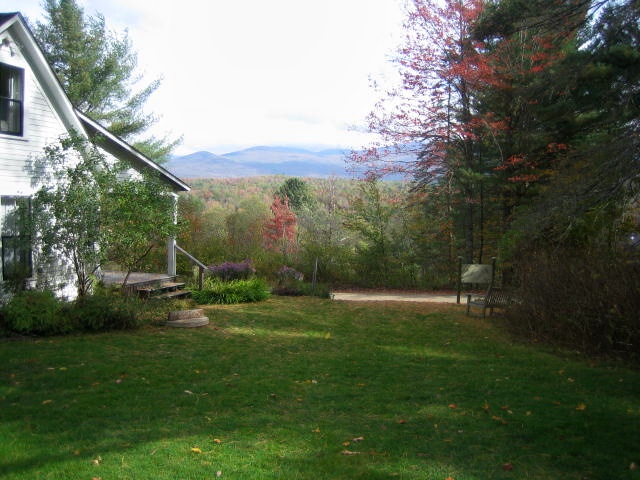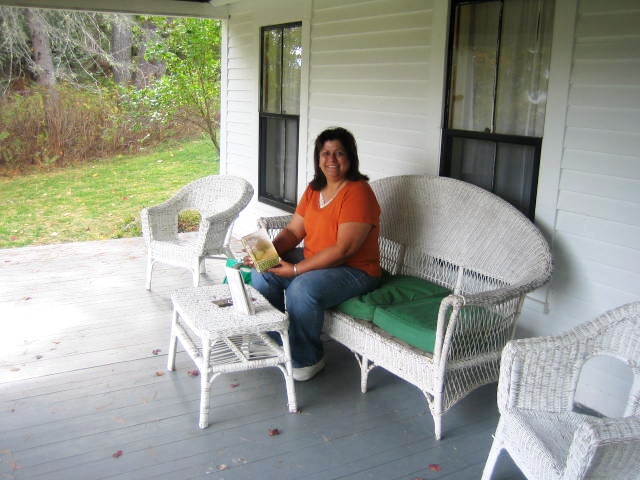Part One: Salem, Bar Harbor Maine, and Quebec
Salem Massachusetts

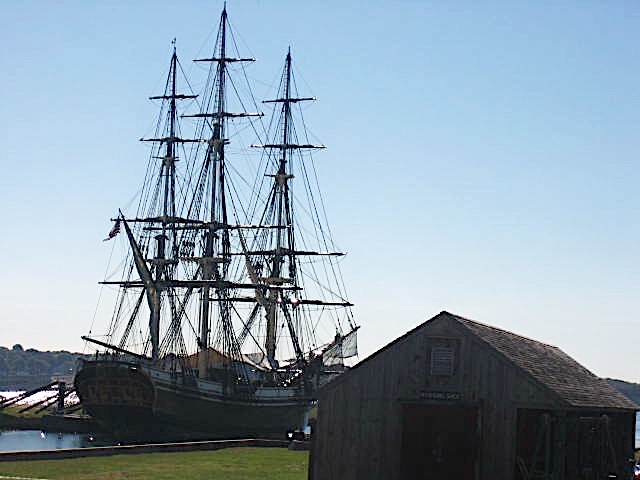
Did You Know? - The Salem witch trials were a series of hearings before local magistrates, and county court trials to prosecute people accused of witchcraft in Essex, Suffolk and Middlesex Counties of colonial Massachusetts, in 1692 and 1693.
The hearings in 1692 were conducted in Salem Village, Ipswich, Andover and Salem Town, Massachusetts. The trials in 1692 were all held in Salem Town by the Court of Oyer and Terminer, with the Superior Court of Judicature hearing cases in 1693 in the individual county court seats: Salem Town, Ipswich, Boston, and Charlestown.
Between February 1692 and May 1693, over 150 people were arrested and imprisoned, with even more accused who were not formally pursued by the authorities.
The two courts convicted 29 people of the capital felony of witchcraft, 19 of whom (fourteen women, five men) were hanged. One other man, having refused to enter a plea, died under judicial torture to extract one from him, and at least five more of the accused died in prison.
While not the first or only witch-hunt in New England or Europe, the sensational story of these particular individuals has secured its place in the cultural imagination of the United States of America.
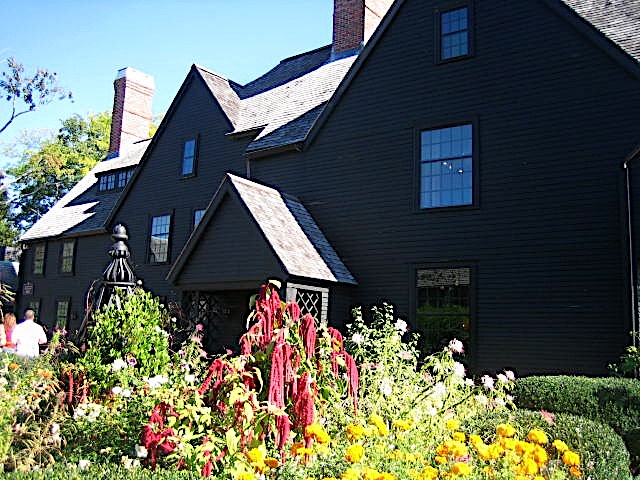
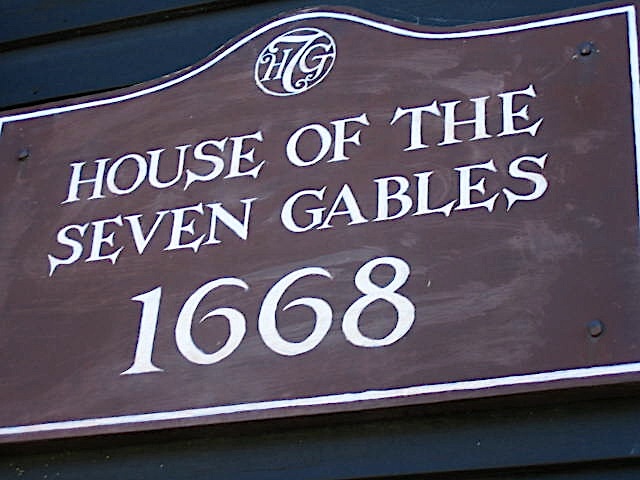
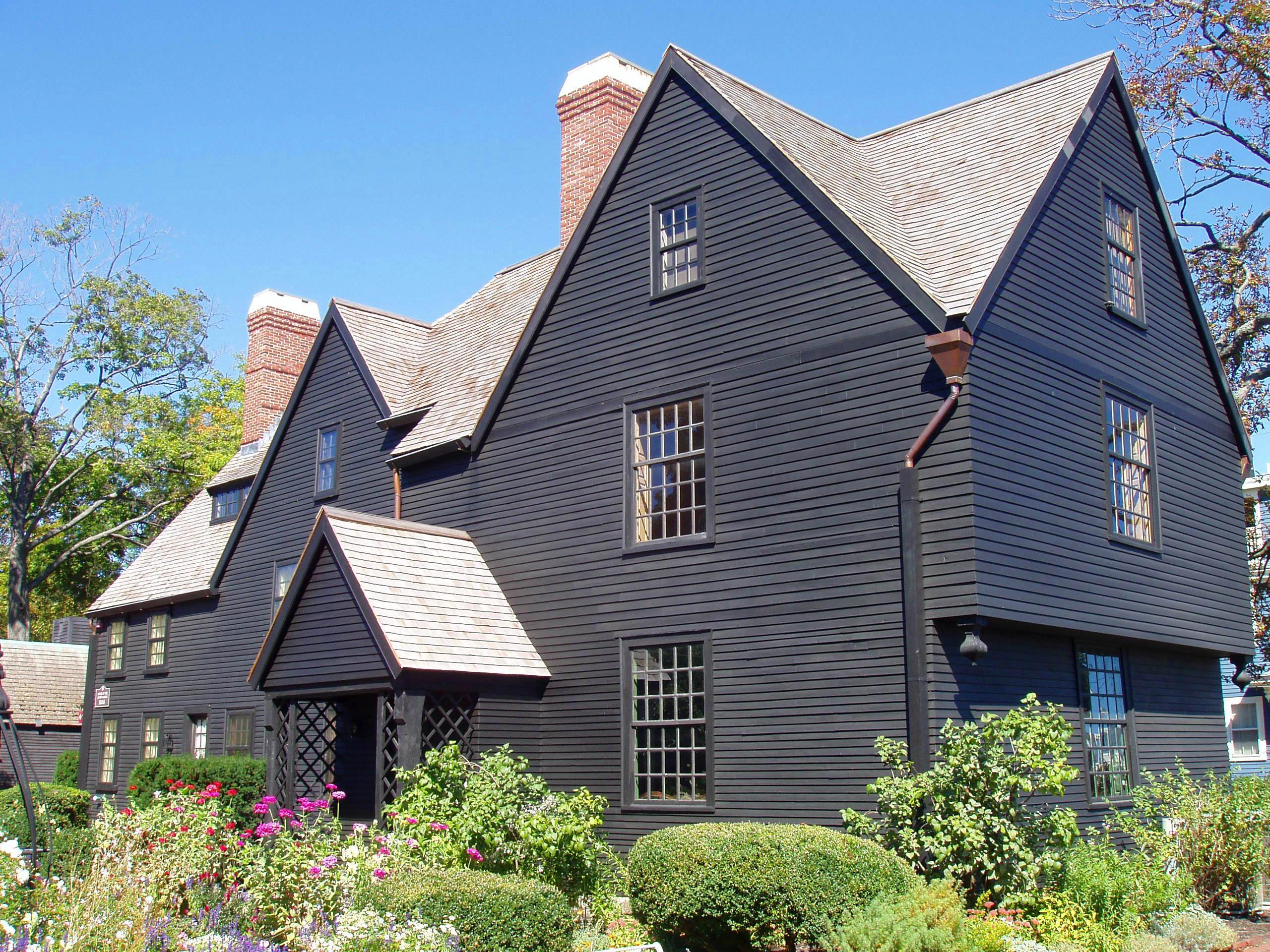
Did You Know? - The House of the Seven Gables is a novel written in 1851 by American
author Nathaniel Hawthorne.
The novel begins: "Halfway down a by-street of one of our New England
towns stands a rusty wooden house, with seven acutely peaked gables,
facing towards various points of the compass, and a huge, clustered
chimney in the midst. The street is Pyncheon Street; the house is the
old Pyncheon House; and an elm-tree, of wide circumference, rooted
before the door, is familiar to every town-born child by the title of
the Pyncheon Elm."
The Pyncheon family actually existed and were ancestors of American
novelist Thomas Pynchon. This is The House of the Seven Gables that
inspired the novel Salem, Massachusetts.
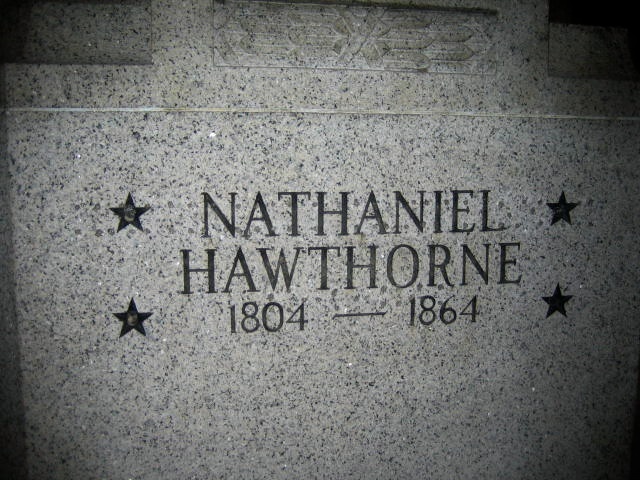
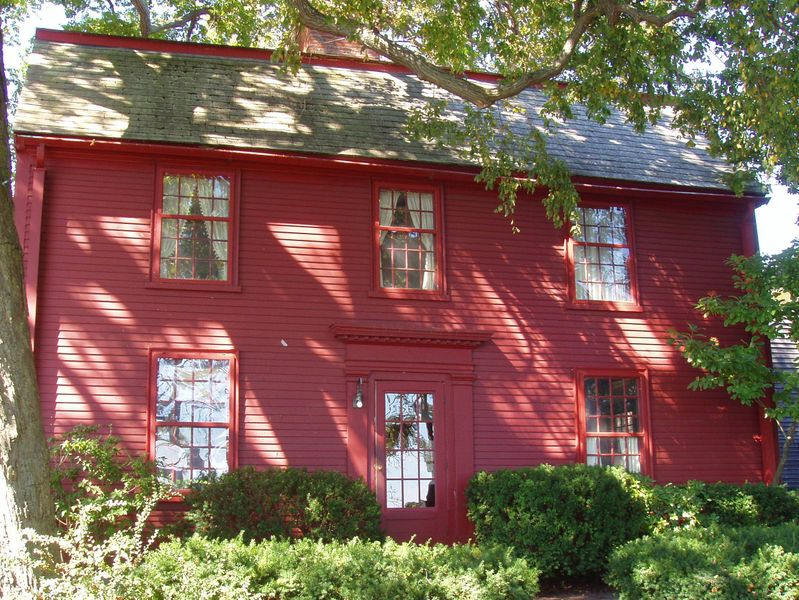
Did You Know? - The Nathaniel Hawthorne Birthplace is the birthplace of American author
Nathaniel Hawthorne. It is located at 27 Hardy Street but accessible
through 54 Turner Street, Salem, Massachusetts. The house is now a
nonprofit museum along with The House of the Seven Gables immediately
adjacent; an admission fee is charged.
The house was built sometime between 1830-1945, and located at 27 Union
Street until moved to its current location in 1958. According to
architectural historian Abbott Lowell Cummings, the house was probably
built for Joshua Pickman, and may have recycled structural timbers from
a 17th century Pickman house that earlier stood on its site. It reflects
typical architecture for the period: a central chimney, gambrel roof,
front and back stairways, and a post-and-lintel doorway. The ground
floor is laid out with kitchen to the right and main room to the left.
The second floor has front and back rooms on each side.
Hawthorne's grandfather purchased the building in 1772. Hawthorne was
born in the house on July 4, 1804, and lived in the house until age 4.
Most of the interior has been preserved intact.


LL Bean lives here
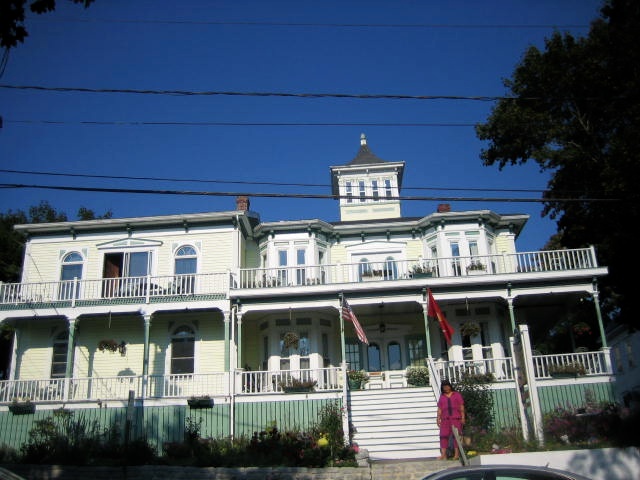
Bar Harbor Maine
Did You Know? - Bar Harbor is a town on Mount Desert Island in Hancock County, Maine, United States. As of the 2000 census, its population was 4,820. A port of entry for Bay Ferries from Yarmouth, Nova Scotia, Bar Harbor is a famous summer colony in the Down East region of Maine. It is home to the College of the Atlantic, Jackson Laboratory and Mount Desert Island Biological Laboratory. Bar Harbor is home to the largest parts of Acadia National Park.
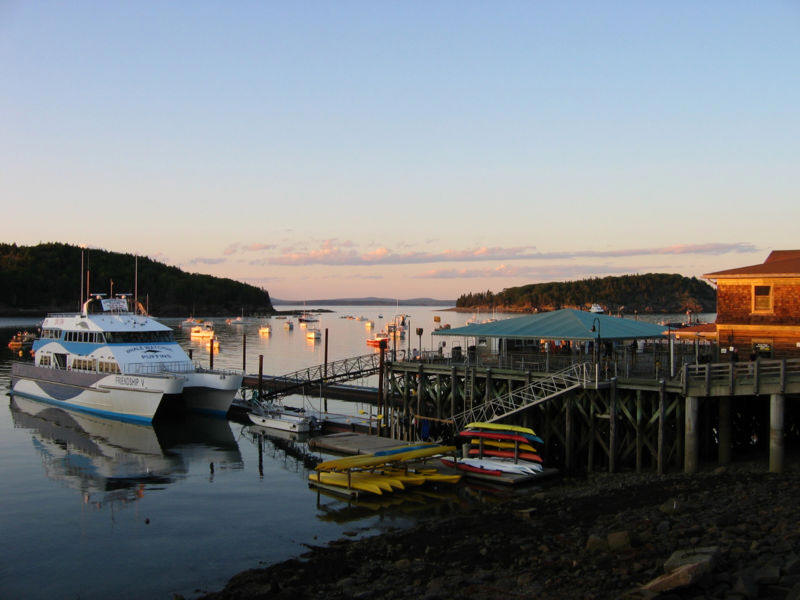
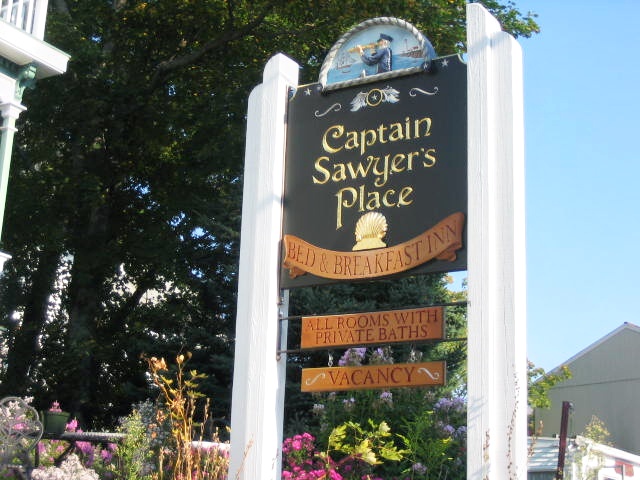
 <
<
Del is eating the famous "Rubber Lobster"

Ghosts have been known to frequent the place
Did You Know? - A ghost is defined as the apparition of a deceased person, frequently similar in appearance to that person, and usually encountered in places she or he frequented, or in association with the person's former belongings. The word "ghost" may also refer to the spirit or soul of a deceased person, or to any spirit or demon.


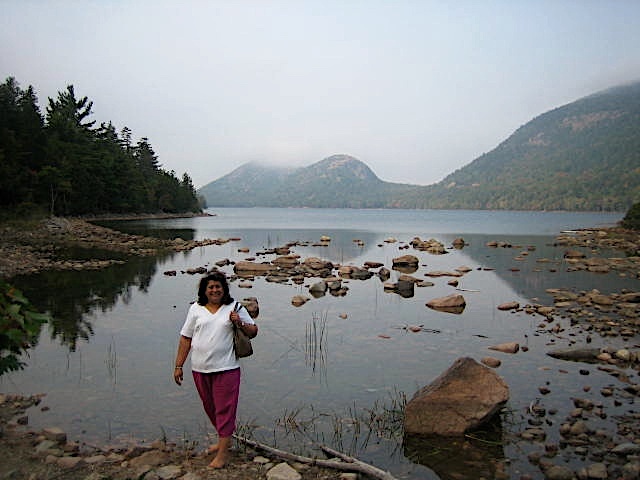

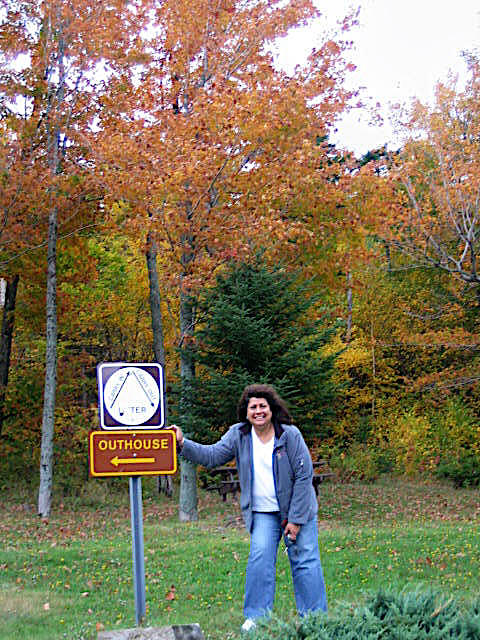
Did You Know? - An outhouse, (also known as a privy, kybo, jakes or earth-closet) usually refers to a type of toilet in a small structure separate from the main building which does not have a flush or sewer attached.
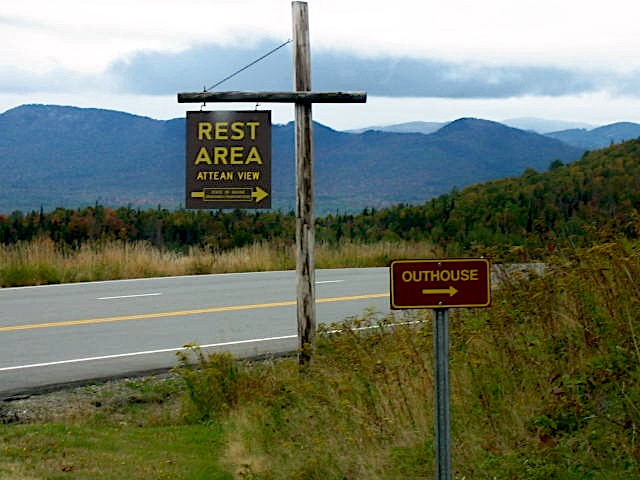
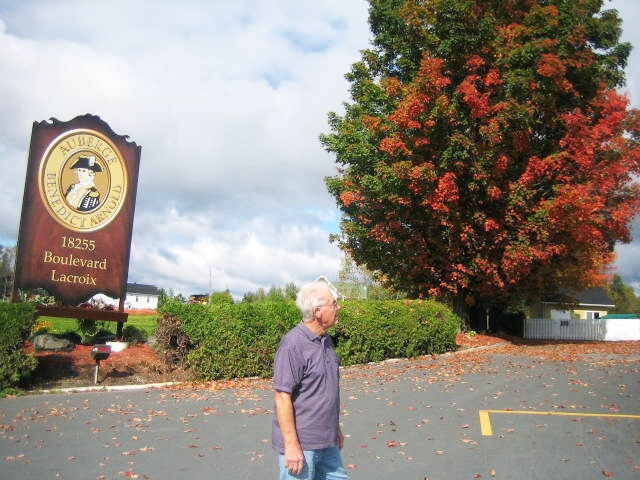
Did You Know? - Benedict Arnold V (January 14, 1741 – June 14, 1801) originally fought for American independence from the British Empire as a general in the Continental Army during the American Revolutionary War until he obtained command of the American fort at West Point, New York and, switching sides, plotted unsuccessfully to surrender it to the British.

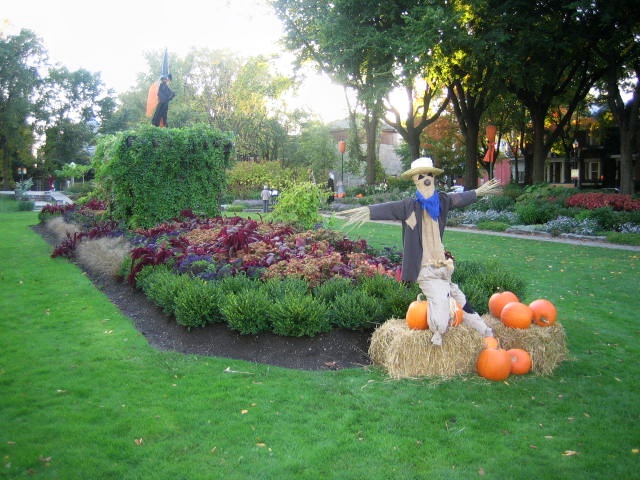
We are getting directions
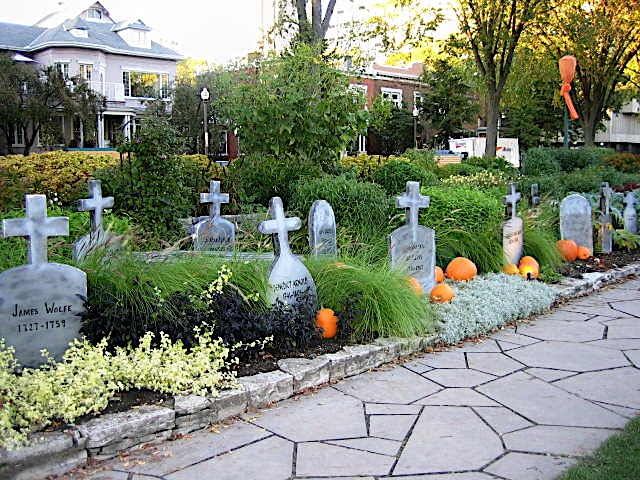
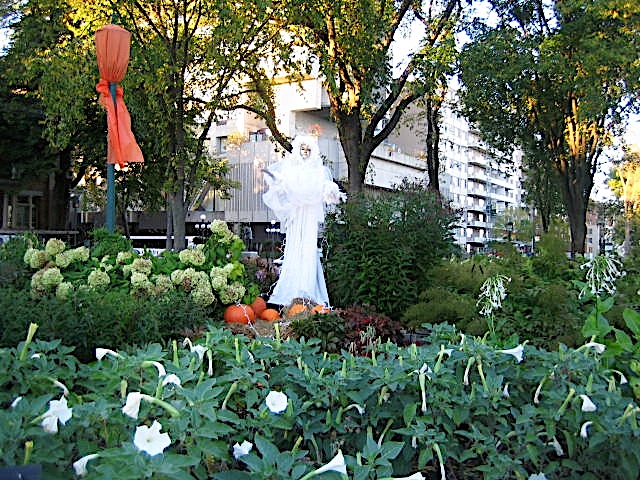
Ghosts are everywhere!


All these houses look alike!
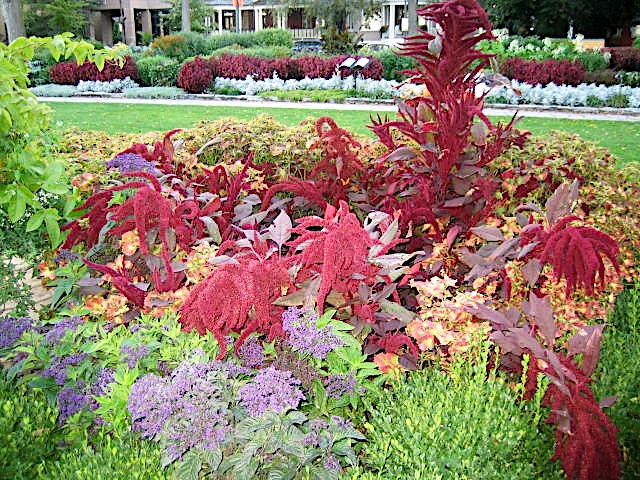
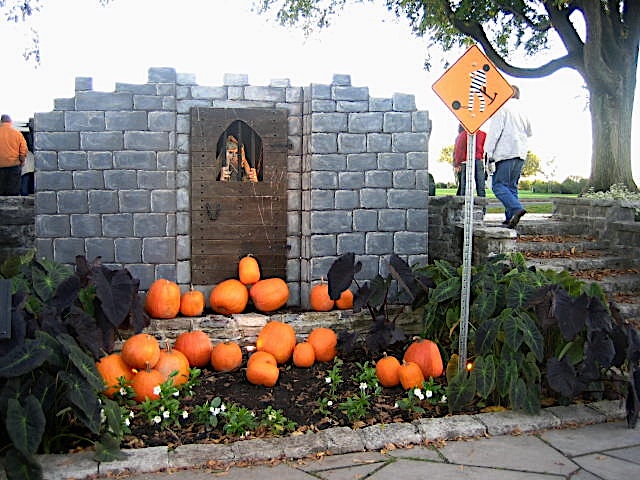
Careful or you might be in the stocks!

Hello friends!
Quebec Canada
Did You Know? - Québec City is the capital of the Canadian province of Quebec, making it the seat of the provincial Crown. It is the second largest city in the province, after Montreal. Quebec City's Old Town (Vieux-Québec) is the only North American fortified city north of Mexico whose walls still exist, and was declared a World Heritage Site by UNESCO in 1985 as the "Historic District of Old Quebec"


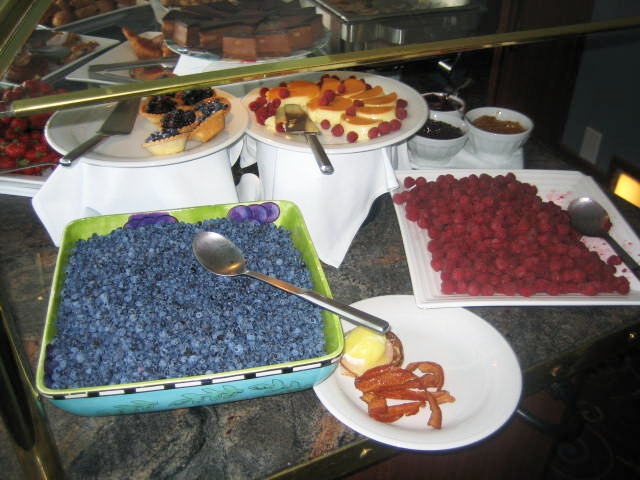
Did You Know? - Blueberries are
flowering plants in the genus Vaccinium, sect. Cyanococcus. The species
are native to North America, eastern Asia and Northern Europe. They are
shrubs varying in size from 10 cm tall to 4 m tall; the smaller species
are known as "lowbush blueberries", and the larger species as "highbush
blueberries". The leaves can be either deciduous or evergreen, ovate to
lanceolate, and from 1-8 cm long and 0.5-3.5 cm broad. The flowers are
bell-shaped, white, pale pink or red, sometimes tinged greenish.
The fruit is a berry 5-16 mm diameter with a flared "crown" at the end;
they are pale greenish at first, then reddish-purple, and finally dark
purple on ripening. They have a sweet taste when mature, with variable
acidity. Blueberries are one of only a few human foods that are
naturally colored blue. Blueberry bushes typically bear fruit from May
through October; "blueberry season" peaks in July, which is National
Blueberry Month in the United States and Canada



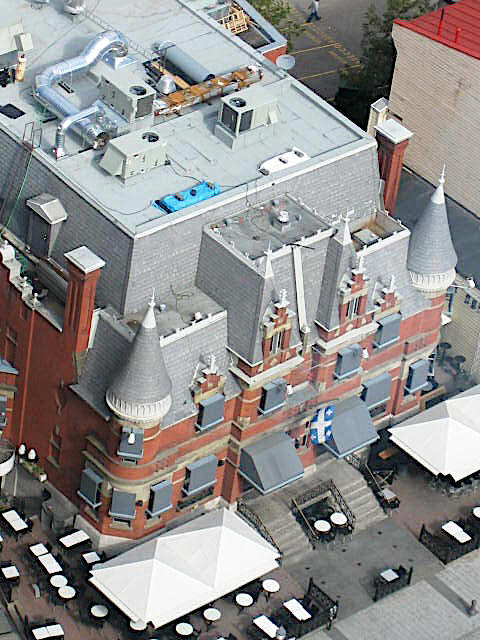


Did You Know? - The Château Frontenac grand hotel is one of the most popular attractions
in Quebec City, Quebec, Canada.
Designed by architect Bruce Price, the Château Frontenac was one of a
long series of "château" style hotels built for the Canadian Pacific
Railway company at the end of the 19th and the start of the 20th
century. It opened in 1893, five years after its sister-hotel the Banff
Springs. The railway company sought to encourage luxury tourism and
bring wealthy travelers to its trains.
The Château Frontenac was named in honour of Louis de Buade, Count of
Frontenac, who was governor of the colony of New France from 1672 to
1682 and 1689 to 1698. The Château was built not too far from the
historic Citadelle, whose construction Frontenac had begun at the end of
the 17th century. The Quebec Conference of 1943, in which Winston
Churchill and Franklin D. Roosevelt discussed strategy for World War II,
was held at the Citadelle while much of the staff stayed nearby in the
Château Frontenac. (William Lyon Mackenzie King was invited to some
meetings as a courtesy to Canada.)
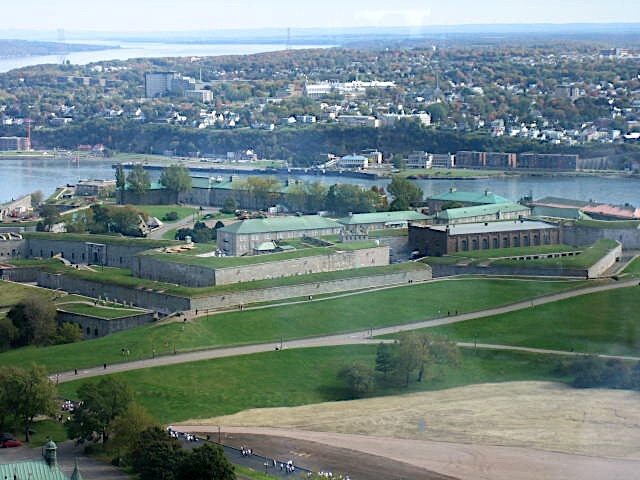

The fort overlooks the city


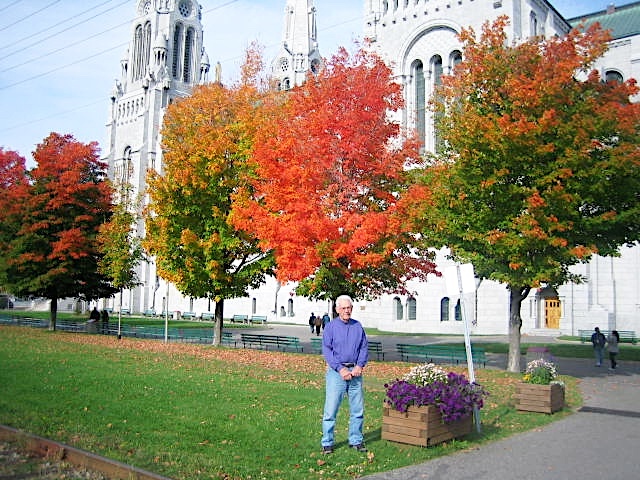
Did You Know? - Around this time, deciduous trees shed their leaves, with the leaves changing to a reddish or brownish hue before falling. Such coloured leaves have come to be colloquially called "fall foliage". In temperate zones, autumn is the season during which most crops are harvested, and deciduous trees lose their leaves. It is also the season during which days get shorter and cooler, the nights get longer, and precipitation gradually increases (in some parts of the world).
The word 'autumn' is derived from the French word "automne", and became popular in usage for the season since the 16th century. The North American name for the season, 'fall', probably derived as a contraction of the phrase "fall of the leaves", and since became used interchangeably.
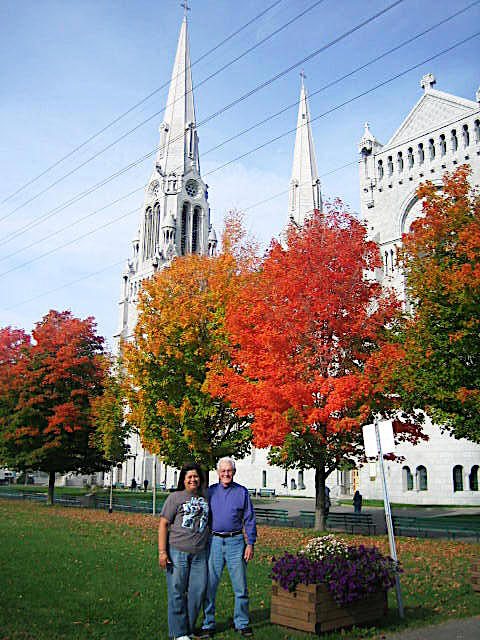
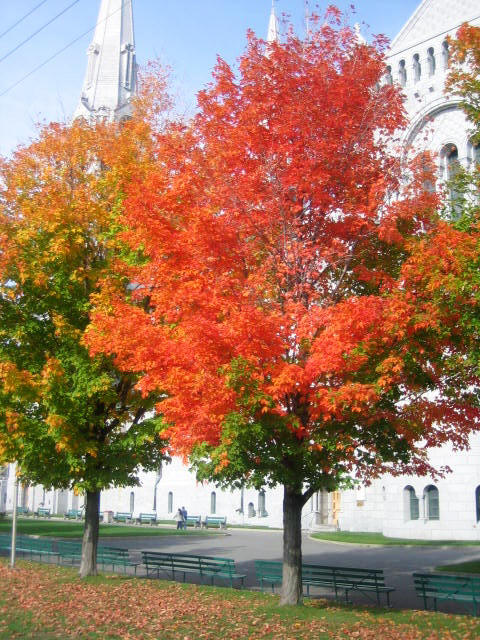
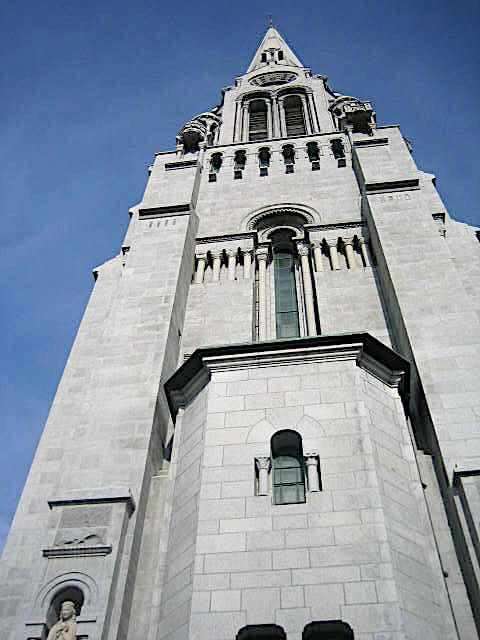

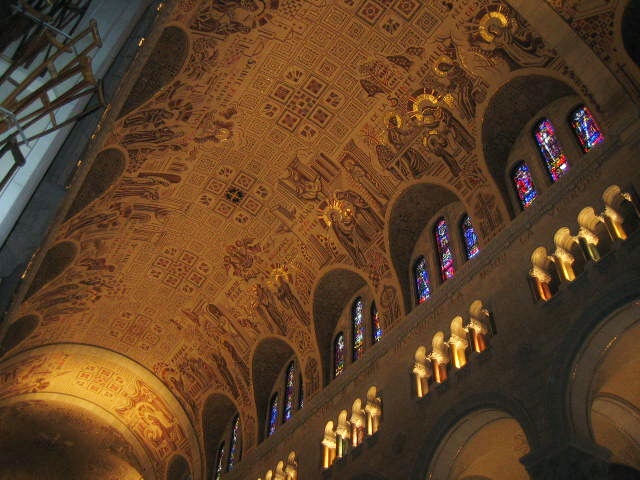
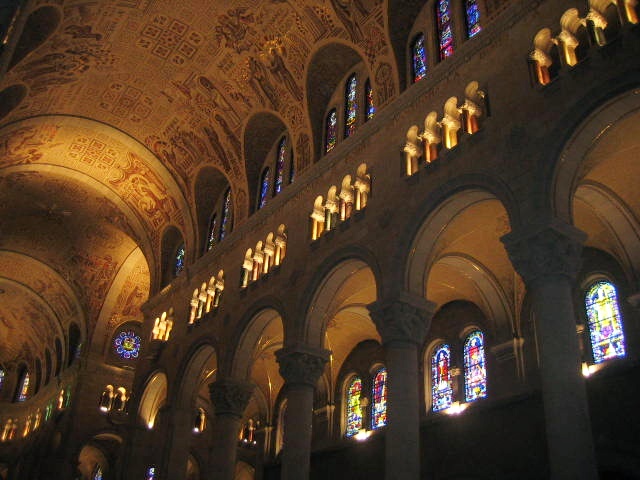
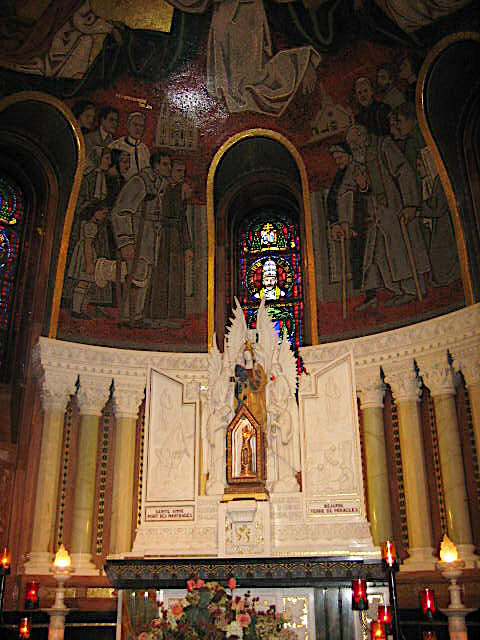
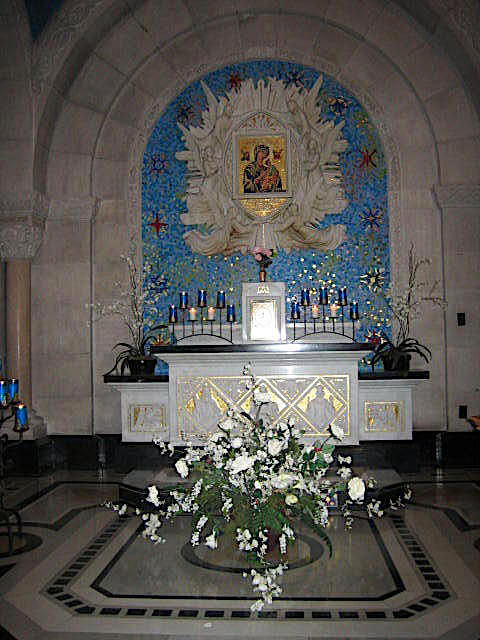
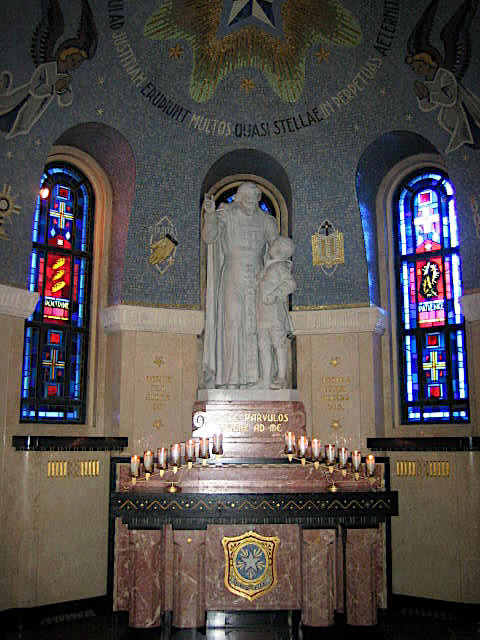
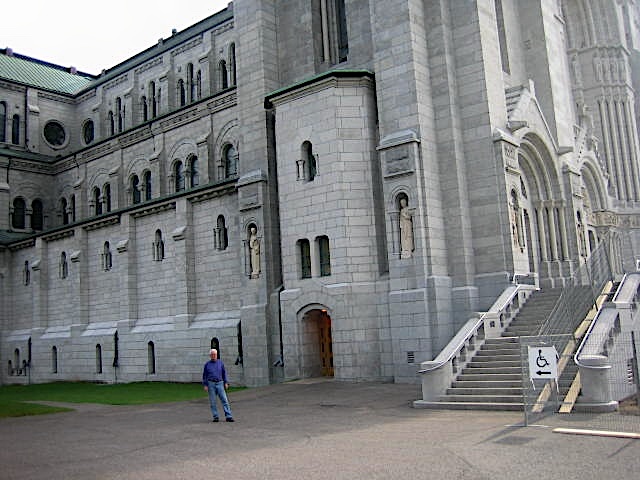

Driving The Backroads...
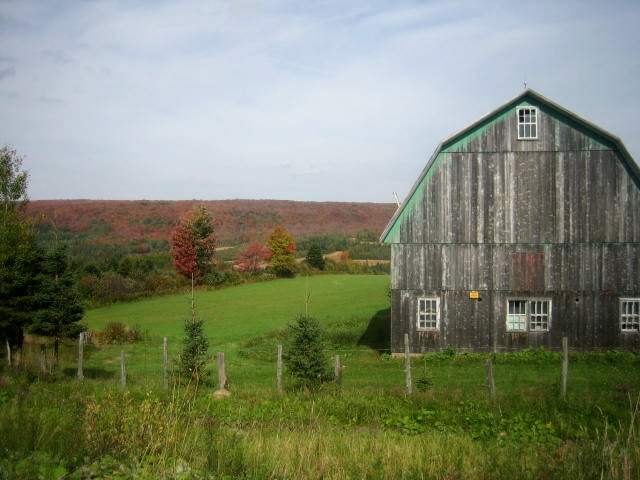
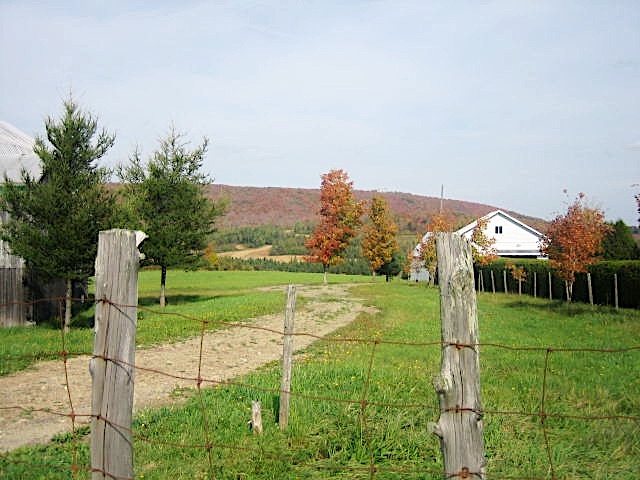
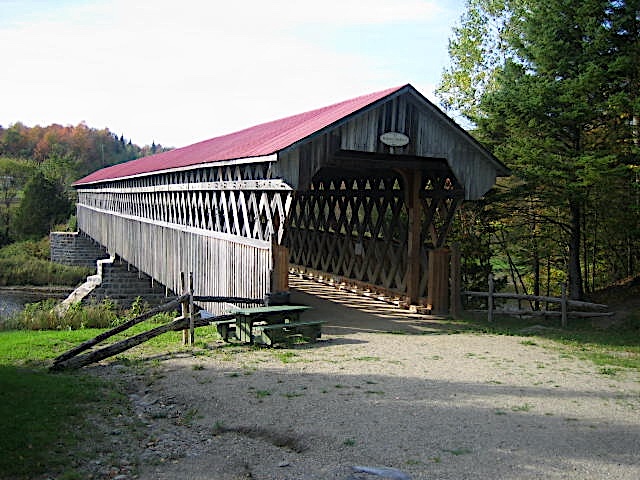
Did You Know? - A covered bridge is a bridge, often single-lane, with enclosed sides and
a roof. They have typically been wooden, although some newer ones are
concrete or metal with glass sides. Especially associated with the
nineteenth century, covered bridges often serve as prominent local
landmarks and have long attracted the attentions of historical
preservationists.
Early bridges were made of wood, especially where it was a plentiful
resource. Wooden bridges tended to deteriorate rapidly from exposure to
the elements, having a useful lifespan of only nine years. Covering them
protected their structural members, thus extending their life to 80
years or more. Covered bridges were also constructed to be used by
travelers during storms and inclement weather.
Most wooden covered bridges employ trusses as their key structural
design element. A popular design was the Brown truss, known for its
simplicity, but others were also used.
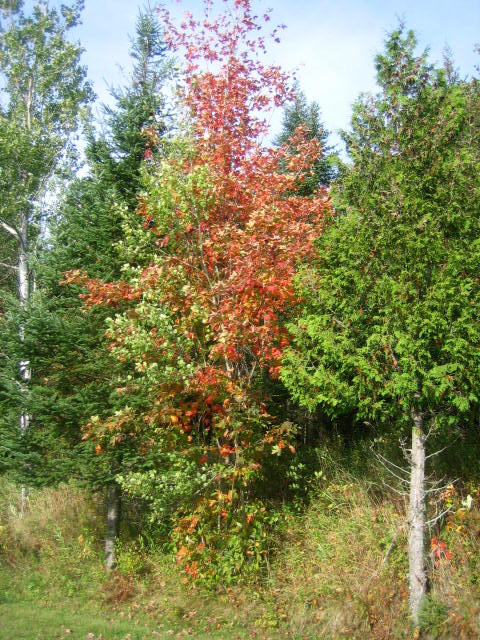
Did You Know? - Autumn leaf color is a phenomenon that affects the normally green leaves of many deciduous trees and shrubs by which they take on, during a few weeks in the autumn months, one or many colors that range from red to yellow.
The phenomenon is commonly called fall colors and autumn colors, while the expression fall foliage usually connotes the viewing of a tree or forest whose leaves have undergone the change.
In some areas in the United States (notably New England), and in much of Canada "leaf peeping" tourism between the beginning of color changes and the onset of leaf fall, or scheduled in hope of coinciding with that period, is a major contribution to economic activity.
A green leaf is green because of the presence of a group of pigments
known as chlorophylls. When they are abundant in the leaf's cells, as
they are during the growing season, the chlorophylls' green color
dominates and masks out the colors of any other pigments that may be
present in the leaf. Thus the leaves of summer are characteristically
green.
Chlorophyll has a vital function: that of capturing solar rays and
utilizing the resulting energy in the manufacture of the plant's food —
simple sugars which are produced from water and carbon dioxide. These
sugars are the basis of the plant's nourishment — the sole source of the
carbohydrates needed for growth and development. In their
food-manufacturing process, the chlorophylls themselves break down and
thus are being continually "used up." During the growing season,
however, the plant replenishes the chlorophyll so that the supply
remains high and the leaves stay green.
In late summer, the veins that carry fluids into and out of the leaf are
gradually closed off as a layer of special cork cells forms at the base
of each leaf. As this cork layer develops, water and mineral intake into
the leaf is reduced, slowly at first, and then more rapidly. It is
during this time that the chlorophyll begins to decrease.


Lingwick is a township of 400 people in Le Haut-Saint-François Regional
County Municipality, in Quebec, Canada.

Da Moose Is Loose
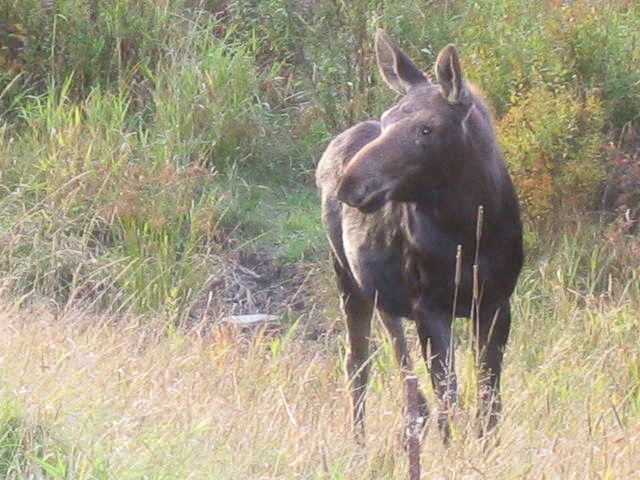
Did You Know? - The species Alces alces is called the moose by North Americans (a name derived from Eastern Abenaki moz) or the elk by Europeans. Alces alces is the largest existing member of the deer family Cervidae, distinguished from the others by the palmate antlers of its males. These antlers are unique in shape, having a more cup-like shape as opposed to the common twig-like figuration of others in the deer family.It should be noted that in North America, the name elk is given to the second largest species of deer - an animal also called the wapiti.
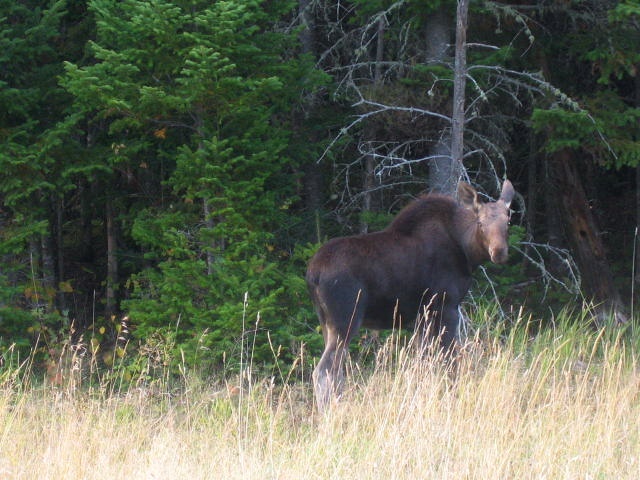

Tell us it is NOT Moose!
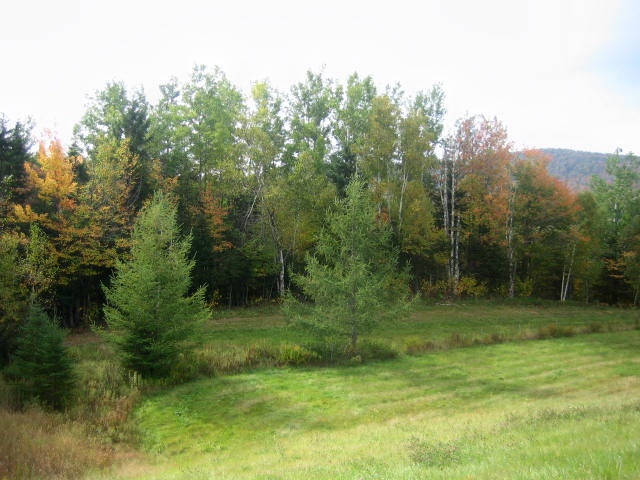


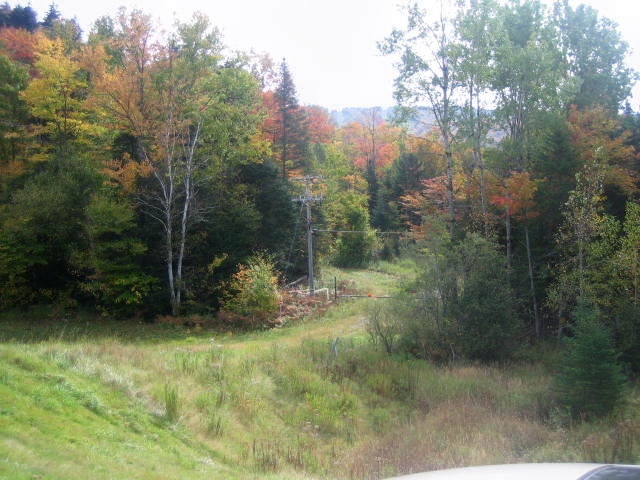
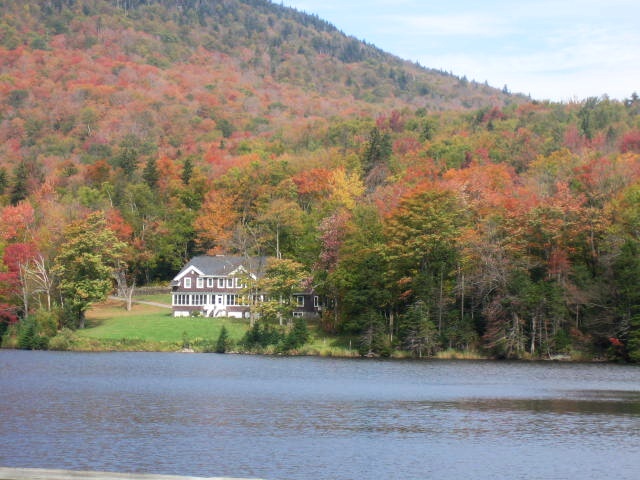


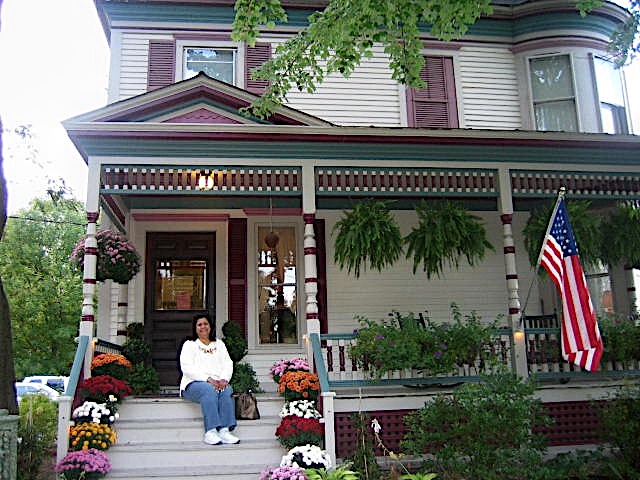

More Covered Bridges


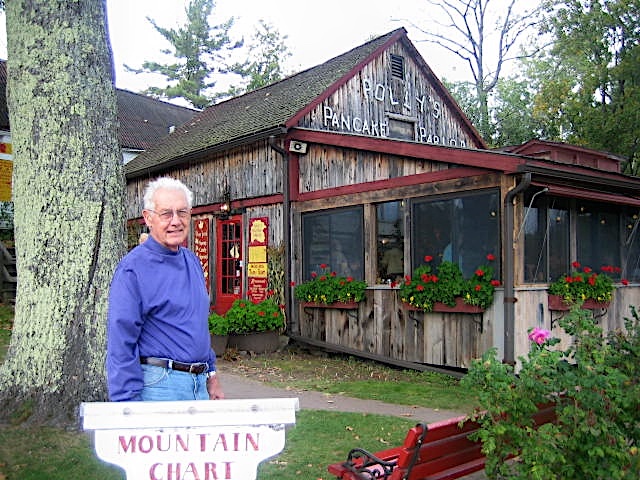
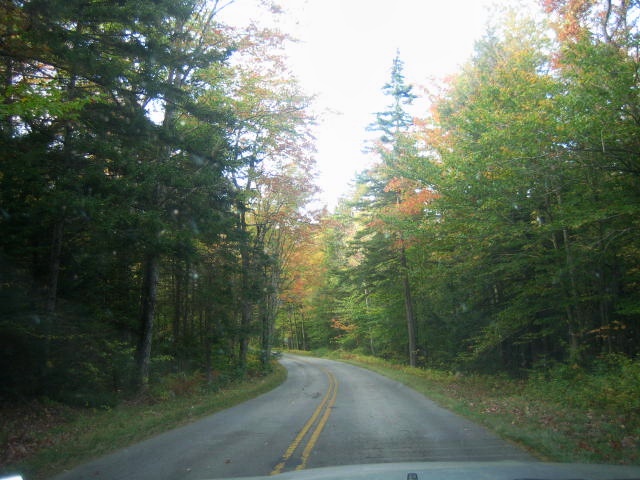
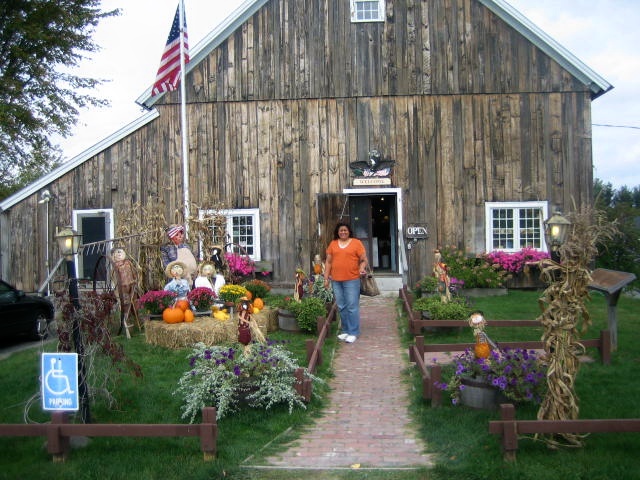
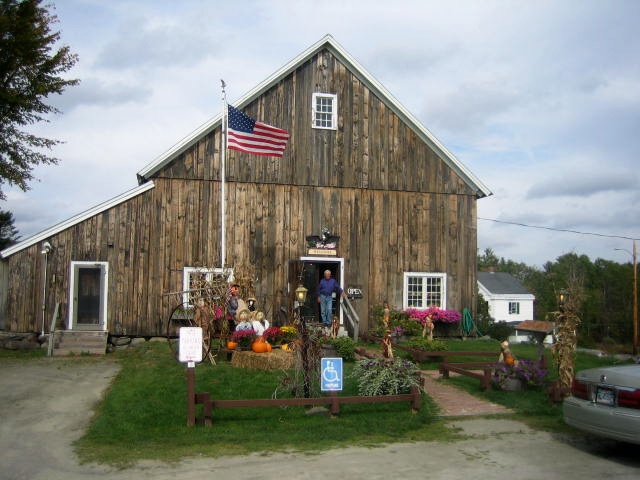
Butterfly Bushes
Did You Know? - A butterfly is an insect of the order Lepidoptera. Like all Lepidoptera, butterflies are notable for their unusual life cycle with a larval caterpillar stage, an inactive pupal stage, and a spectacular metamorphosis into a familiar and colourful winged adult form. Most species are day-flying so they regularly attract attention. The diverse patterns formed by their brightly coloured wings and their erratic yet graceful flight have made butterfly watching a popular hobby.
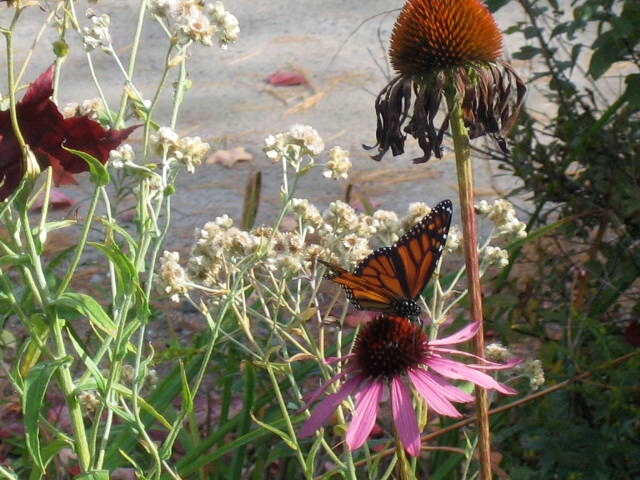
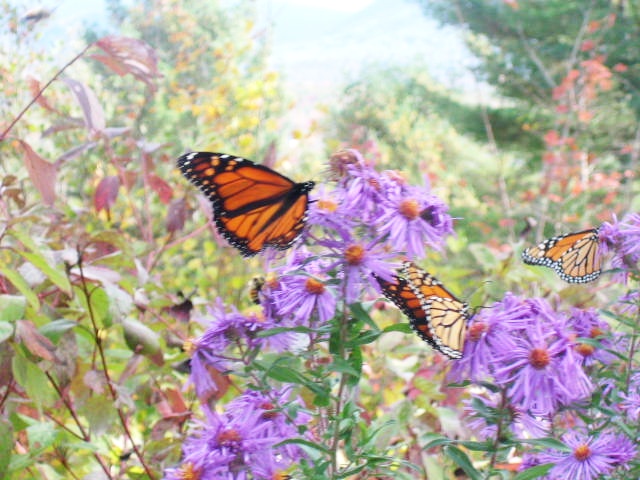
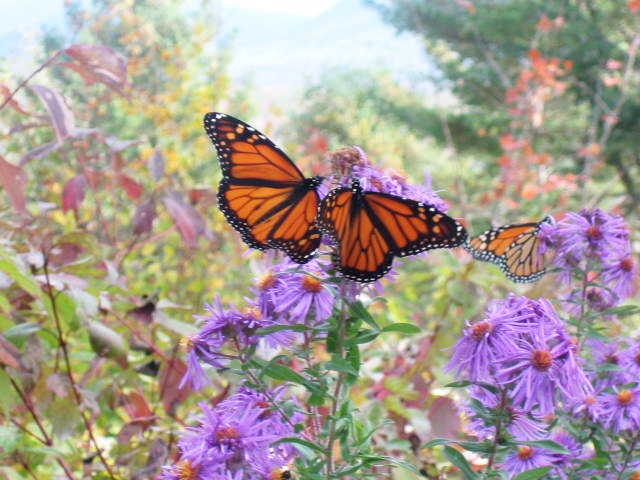
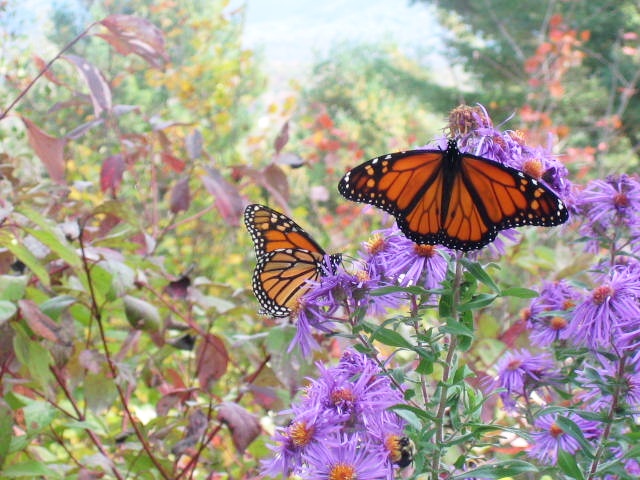
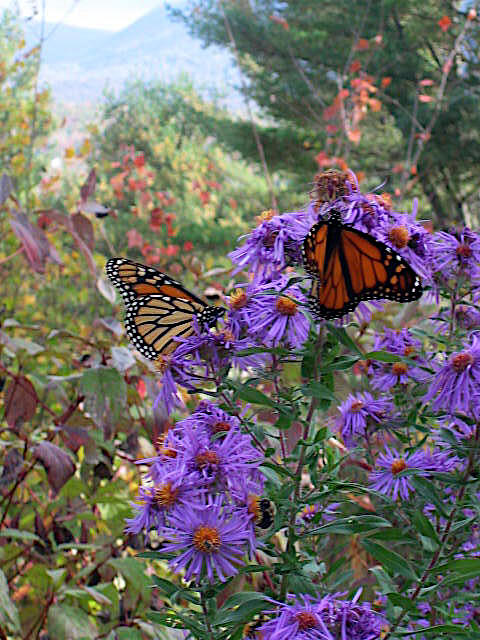
Did You Know? - The butterfly species Danaus plexippus is commonly known as the Monarch butterfly.
It is perhaps the most well-known of all North American butterflies. Since the 19th century, it is also found in New Zealand, and in Australia where it is known as the Wanderer Butterfly.
In Europe it is resident in the Canary Islands and Madeira, and is found as a migrant in Mexico, Azores, Portugal and Spain.
Its wings feature an easily recognizable orange and black pattern, with a wingspan of 8.5–12.5 cm (3.34 in–4.92in).
Monarchs are especially noted for their lengthy annual migration. They make massive southward migrations starting in August until the first frost. A northward migration takes place in the spring. Female Monarchs deposit eggs for the next generation during these migrations.
By the end of October, the population of the Rocky Mountains migrates to the sanctuaries in the area of Angangueo, Ocampo, Zitácuaro and El Rosario in Michoacán, Mexico. The western population overwinters in various sites in central coastal California, United States, notably in Pacific Grove and Santa Cruz. The length of these journeys exceeds the normal lifespan of most Monarchs, which is less than two months for butterflies born in early summer.

